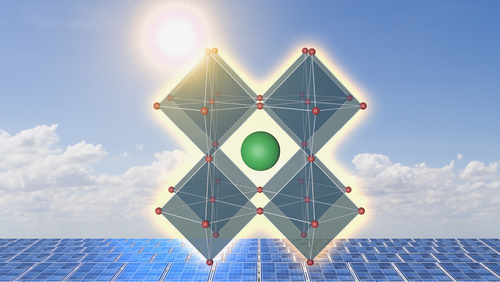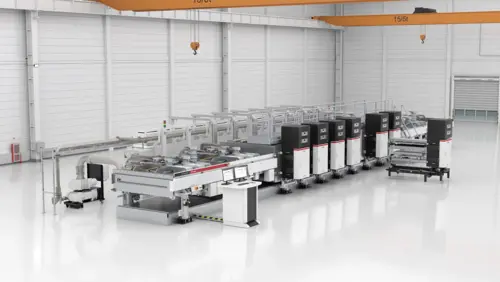To fulfill the Paris Agreement, renewable energies will be expanded massively in the years to come. The European Green Deal is one of the initiatives promoting this development. Consequently, photovoltaics is going to be of increasing strategic importance to the global energy sector: solar energy will be the next oil.
Therefore, the supply with PV modules must be ensured worldwide. However, this will require establishing new manufacturing capacities in various parts of the world. Furthermore, it will be crucial to diversify and reduce the risks in the supply chain. At the same time, the quest for ever higher efficiencies and productivity in high-volume manufacturing continues.
Status quo
At present, there is an increasing interest in developing emerging solar cell technologies and in transferring them into pilot-scale manufacturing. This is not least due to the current situation with a global pandemic, a strain on the supply-chain, raising module prices and the focus on higher efficiencies beyond the c-Si record modules.
There are different approaches, mainly in the field of organic technologies. One example is perovskites, which could be used in a plethora of energy applications. "Perovskites are a family of materials that have shown potential for high performance and low production costs in solar cells."* The name “perovskite” is derived from their crystal structure which is shown in the title image. This technology has been in the focus for more than a decade, either for tandem cells or single-junction PV applications. And now, despite the fact that these materials are not new, there is an increasing trend to invest into perovskite PV on a research and pilot production level.
A major advantage of this approach is the possibility of using the spectrum of the sunlight more efficiently by adapting the perovskite materials. This would make it possible to surpass the present physical limit of efficiency considerably. The perovskite top cell uses the visible light and the crystalline bottom cell a part of the infrared spectrum. Thus, light is converted into energy.
Another important advantage of organic material is cost-effective synthesis and production. Some experts claim that even the deposition of perovskites was straightforward and quite cost effective compared to other manufacturing and deposition technologies.
These two strategies are being pursued by research institutions and the industry:
Strategy 1: Achieving the highest efficiency on a cell level
Strategy 2: Developing mini or pilot modules while validating the most suitable manufacturing method for high-volume manufacturing
There are a variety of deposition technologies available for manufacturing perovskite solar cells as tandem cells and single junction. Among them are wet processes like slot die, spin coating, doctoral blade, atomic layer deposition (ALD) and physical vapor deposition (PVD) - that means sputtering and evaporation.
Advantages of PVD for perovskite solar cell manufacturing
Even though PVD equipment requires the highest capital expenditure (CAPEX), it leads to a stable and reproducible process throughout campaigns. Furthermore, PVD processes lead to electrical and optical properties of the absorber that can be applied in high-volume manufacturing environments, with outputs such as 10,000 wafers per hour and more. And regarding operating costs (OPEX), PVD processes will lead to a competitive cost of ownership. The XEA|nova L coating system shown here, for instance, can process wafers in such high numbers.
We are convinced that PVD processes will be applied for at least a good share of layers in the perovskite cell configuration. And that it will be an important piece in the puzzle for tackling global challenges.
Read more about this technology here.
Sources

